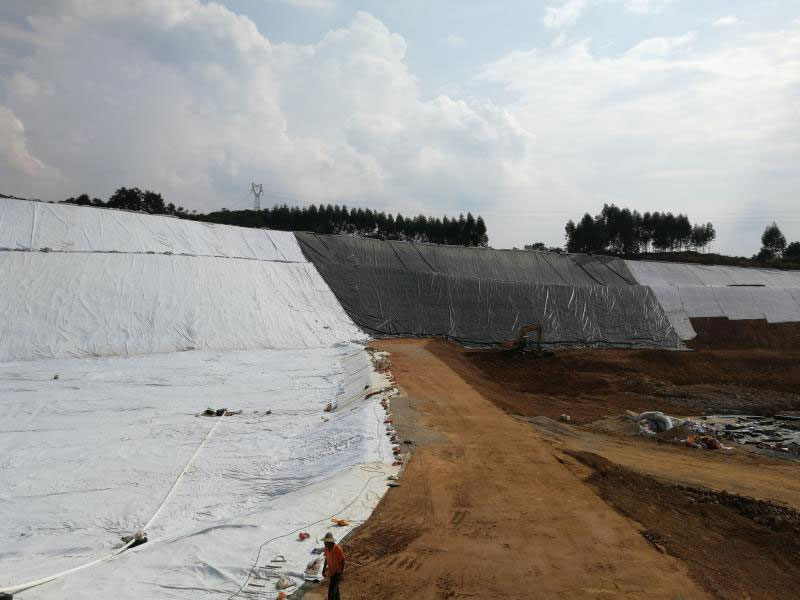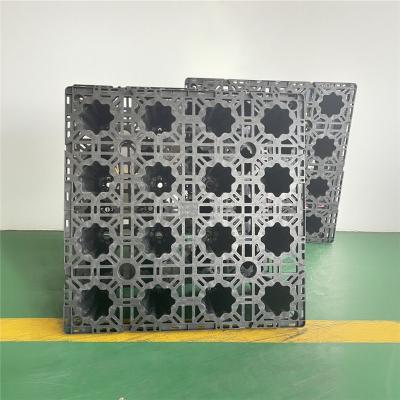3D Composite Drainage Net and Traditional Gravel Drainage System Comparison
The 3D composite drainage net not only resolves the two core problems of excessive self-weight and easy blockage that exist in traditional drainage layers, but also brings new improvements in terms of construction efficiency, space saving, and total life cycle cost.And it can be customized with different widths of HDPE composite drainage nets according to the terrain conditions.
comparison | Traditional gravel drainage | |
Materials &self-weigh | Mainly HDPE and geotextile, lightweight | Gravel, heavy weight |
Transportation and handing | Easy transportation, with high efficiency and low cost. | Time-consuming, labor-intensive and costly |
Construction efficiency | High, Mechanical or manual rapid laying | Low, Layered paving, complex process and long cycle |
Drainage efficiency | High water conductivity, stable and efficient drainage channels | The water conductivity is affected by the compaction degree of the gravel and the amount of sediment contained. |
Occupying space | Ultrathin, little space | Thick, large space |
Total cost | Low(Reduce transportation, labor, machinery, construction period and long-term maintenance costs) | High(High transportation, construction and post-operation maintenance costs) |
Long-term performance | The performance is stable, resistant to chemical corrosion, with low creep, long service life, and the geotextile effectively prevents blockage. | It is prone to being clogged by fine particles and chemical precipitation, resulting in a gradual decline in drainage capacity over time. |





